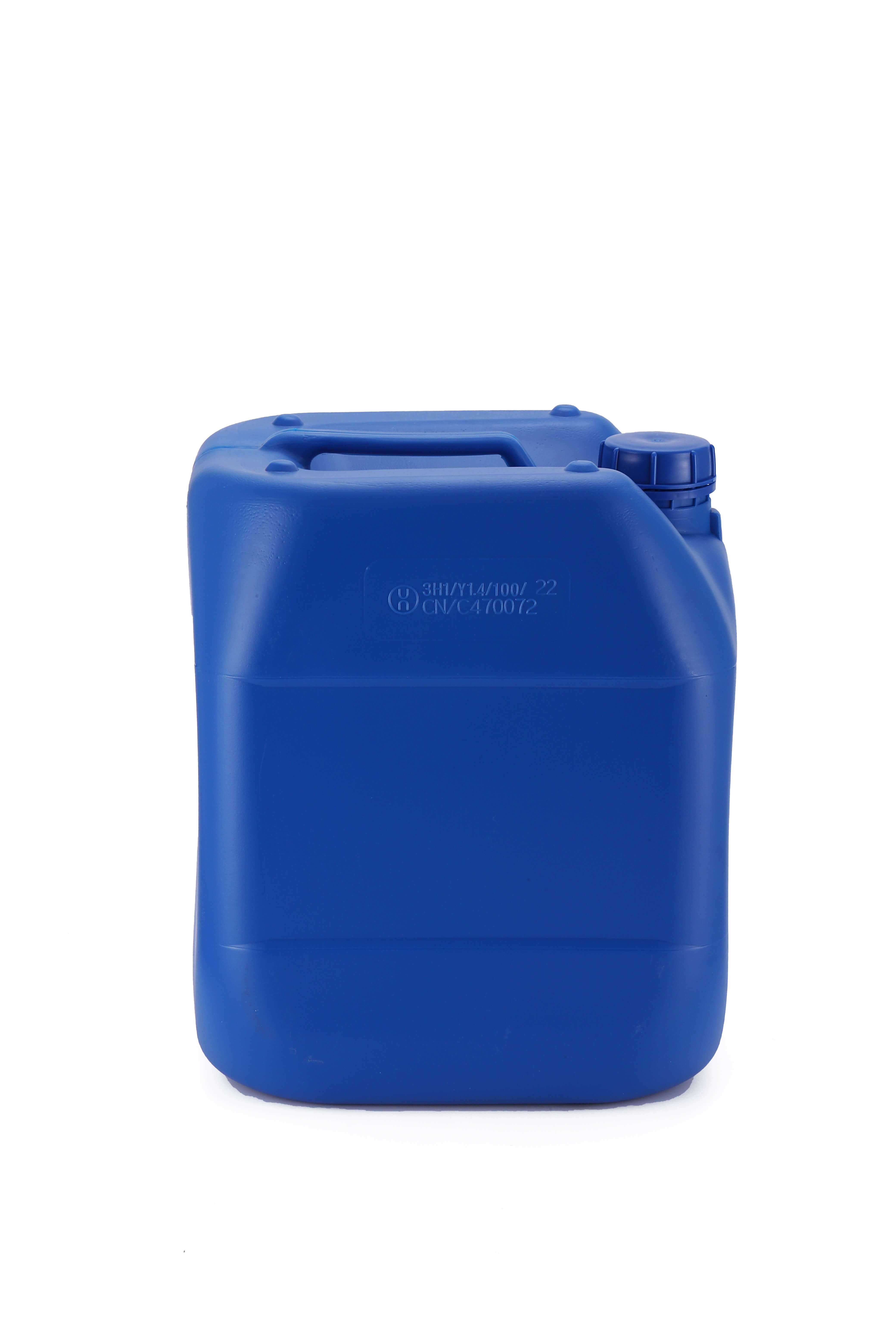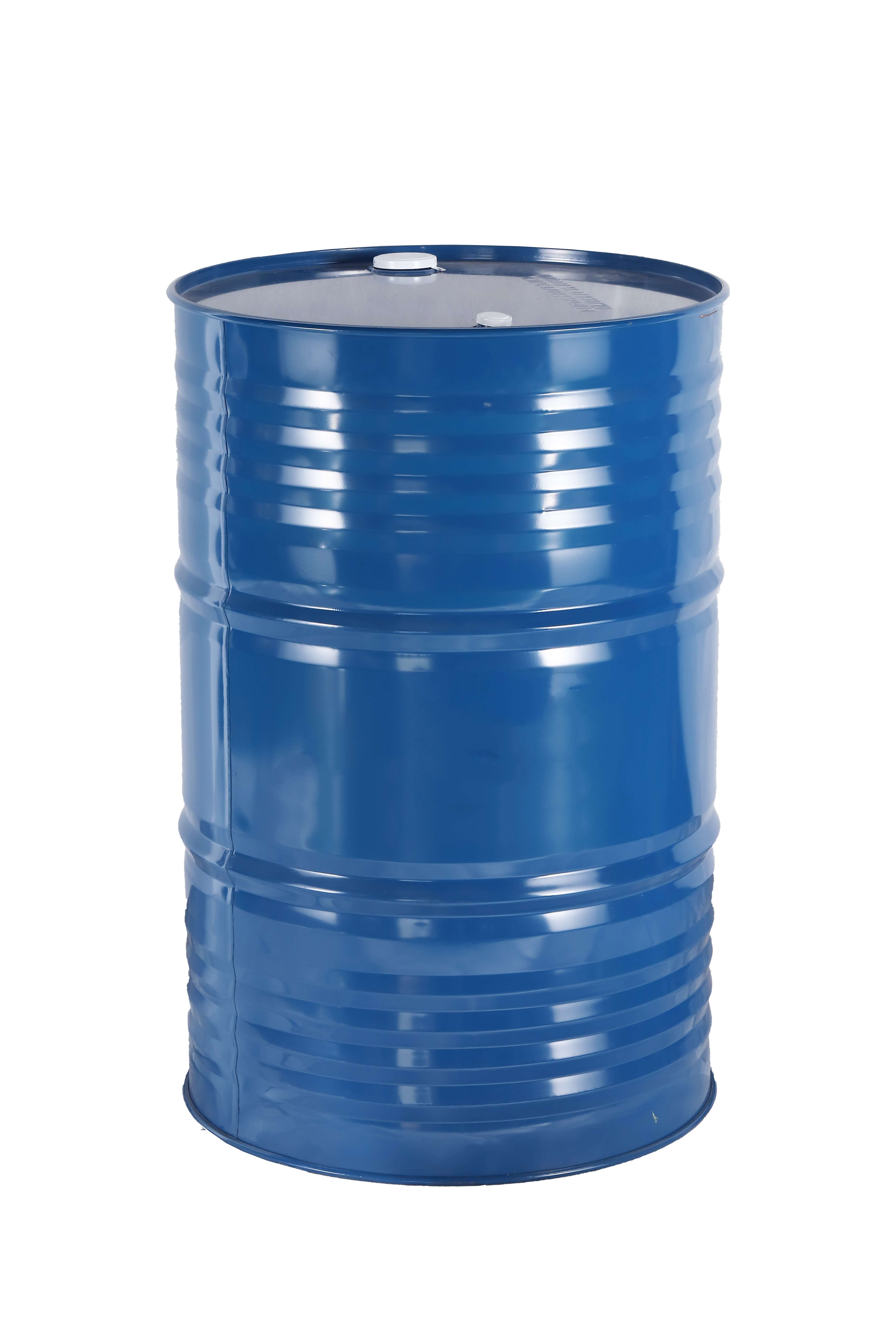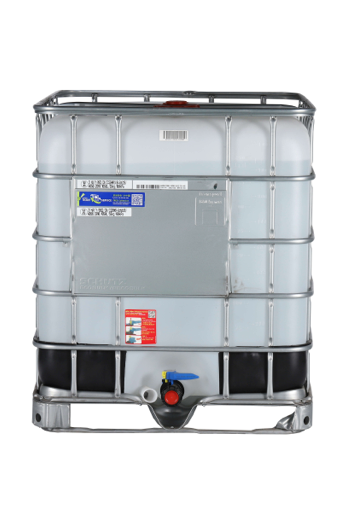English
| Availability: | |
|---|---|
| Quantity: | |








TCA-K38S
TCA-K38S
1.Product Introduction of the Titanium IV 2-propanolato, tris(dioctyl)pyrophosphato-O (CAS:67691-13-8)
Titanium IV 2-propanolato, tris(dioctyl)pyrophosphato-O (CAS:67691-13-8), Our model TCA-K38S(equivalent to Ken-React® KR 38S ),is a monoalkoxy pyrophosphate titanate which is compatible to polar polymer, for example, PVC, PA. It is mainly used as a coupling agent to improve the dispersion and bonding of various fillers, pigments and fiber in polymer matrix. Its typical application includes plastic, rubber, coating and adhesives.
2.Product Parameter (Specification) of the Titanium IV 2-propanolato, tris(dioctyl)pyrophosphato-O (CAS:67691-13-8)
Index | Value |
Appearance | Yellow to amber translucent viscous liquid |
Specific Gravity (ρ20), g/cm3 | 1.065 |
Refractive Index( | 1.4660 |
Decomposition Temperature, ℃ | 210 |
Flash Point, ℃ | 150 ℃ |
Solubility | Soluble in alcohol, aromatic and mineral oil. Insoluble in water and will be hydrolyzed. |
3.Application of the Titanium IV 2-propanolato, tris(dioctyl)pyrophosphato-O (CAS:67691-13-8):
1. Treat inorganic fillers such as calcium carbonate, barium sulfate, etc, so that improved processing rheological property, higher loading of fillers, improved mechanical performance can be obtained.
2. Improve dispersion, hiding power and coloring power for pigments, to improve anticorrosion, water resistance, flame retardance.
3. In high loading of aluminum hydroxide filled fiber glass reinforced polyester, not only preventing fillers precipitating in the liquid resin, but also improving flame retardance. Rubber products can be improved in tensile strength, tearing strength, elongation at break and aging resistance.
4. Used as coupling agent not only for inorganic fillers with resins, but also for non-polar materials with polar materials.
4.Packing Details of the Titanium IV 2-propanolato, tris(dioctyl)pyrophosphato-O (CAS:67691-13-8)
The regular packing of Titanium IV 2-propanolato, tris(dioctyl)pyrophosphato-O (CAS:67691-13-8) is 25kg pail, 200L drums and 1000L immediate bulk container.
 |  |  |
5.Storage and Shelf Life of Titanium IV 2-propanolato, tris(dioctyl)pyrophosphato-O (CAS:67691-13-8):
Should be stored in dry, cool, ventilated room; keep away from water, moisture, high temperature and fire. This product has a shelf life of at least 12 months if stored in tightly closed original container at room temperature.
If this product is kept beyond the shelf life recommend on the product label, it is not necessarily unusable, but a quality control should be performed on the properties relevant to the application.
6.Mechanism of Titanium IV 2-propanolato, tris(dioctyl)pyrophosphato-O (CAS:67691-13-8):
Coupling Agents are molecular bridges at the interface between two substrates, usually but not limited to an inorganic filler/fiber and an organic polymer matrix. Titanium-derived coupling agents react with free protons at the inorganic interface resulting in the formation of organic-titanium monomolecular layers on the inorganic surface. Additionally, the coupling agent may have up to Six Functions in the matrix-which include polymer catalysis and other heteroatom effects-independent of inorganic content.
When used in polymers, titanates can increase adhesion ;improve impact strength and mechanical properties; reduce embrittlement; allow higher filler loadings; optimize particulate dispersion; increase flow of filled and unfilled polymers at lower process temperatures; prevent phase separation; and may have other effects (see “Suggested Functions”).
Titanate TCA-K38S provide: a method for filler/pigment coupling (or bonding) at temperatures above 100℃ in the thermoplastic melt phase via a proposed proton coordination mechanism, absent the need of water condensing mechanisms as with silanes, to a wide variety of substrates heretofore considered non-reactive with silanes; and for in-situ metallocene-like repolymerization catalysis of the filled or unfilled polymer during the compounding, extrusion and blow or injection molding plastication phase resulting in significantly faster production cycles at lower temperatures of thermoplastic parts having better finish and equal or better mechanical properties.
1.Product Introduction of the Titanium IV 2-propanolato, tris(dioctyl)pyrophosphato-O (CAS:67691-13-8)
Titanium IV 2-propanolato, tris(dioctyl)pyrophosphato-O (CAS:67691-13-8), Our model TCA-K38S(equivalent to Ken-React® KR 38S ),is a monoalkoxy pyrophosphate titanate which is compatible to polar polymer, for example, PVC, PA. It is mainly used as a coupling agent to improve the dispersion and bonding of various fillers, pigments and fiber in polymer matrix. Its typical application includes plastic, rubber, coating and adhesives.
2.Product Parameter (Specification) of the Titanium IV 2-propanolato, tris(dioctyl)pyrophosphato-O (CAS:67691-13-8)
Index | Value |
Appearance | Yellow to amber translucent viscous liquid |
Specific Gravity (ρ20), g/cm3 | 1.065 |
Refractive Index( | 1.4660 |
Decomposition Temperature, ℃ | 210 |
Flash Point, ℃ | 150 ℃ |
Solubility | Soluble in alcohol, aromatic and mineral oil. Insoluble in water and will be hydrolyzed. |
3.Application of the Titanium IV 2-propanolato, tris(dioctyl)pyrophosphato-O (CAS:67691-13-8):
1. Treat inorganic fillers such as calcium carbonate, barium sulfate, etc, so that improved processing rheological property, higher loading of fillers, improved mechanical performance can be obtained.
2. Improve dispersion, hiding power and coloring power for pigments, to improve anticorrosion, water resistance, flame retardance.
3. In high loading of aluminum hydroxide filled fiber glass reinforced polyester, not only preventing fillers precipitating in the liquid resin, but also improving flame retardance. Rubber products can be improved in tensile strength, tearing strength, elongation at break and aging resistance.
4. Used as coupling agent not only for inorganic fillers with resins, but also for non-polar materials with polar materials.
4.Packing Details of the Titanium IV 2-propanolato, tris(dioctyl)pyrophosphato-O (CAS:67691-13-8)
The regular packing of Titanium IV 2-propanolato, tris(dioctyl)pyrophosphato-O (CAS:67691-13-8) is 25kg pail, 200L drums and 1000L immediate bulk container.
 |  |  |
5.Storage and Shelf Life of Titanium IV 2-propanolato, tris(dioctyl)pyrophosphato-O (CAS:67691-13-8):
Should be stored in dry, cool, ventilated room; keep away from water, moisture, high temperature and fire. This product has a shelf life of at least 12 months if stored in tightly closed original container at room temperature.
If this product is kept beyond the shelf life recommend on the product label, it is not necessarily unusable, but a quality control should be performed on the properties relevant to the application.
6.Mechanism of Titanium IV 2-propanolato, tris(dioctyl)pyrophosphato-O (CAS:67691-13-8):
Coupling Agents are molecular bridges at the interface between two substrates, usually but not limited to an inorganic filler/fiber and an organic polymer matrix. Titanium-derived coupling agents react with free protons at the inorganic interface resulting in the formation of organic-titanium monomolecular layers on the inorganic surface. Additionally, the coupling agent may have up to Six Functions in the matrix-which include polymer catalysis and other heteroatom effects-independent of inorganic content.
When used in polymers, titanates can increase adhesion ;improve impact strength and mechanical properties; reduce embrittlement; allow higher filler loadings; optimize particulate dispersion; increase flow of filled and unfilled polymers at lower process temperatures; prevent phase separation; and may have other effects (see “Suggested Functions”).
Titanate TCA-K38S provide: a method for filler/pigment coupling (or bonding) at temperatures above 100℃ in the thermoplastic melt phase via a proposed proton coordination mechanism, absent the need of water condensing mechanisms as with silanes, to a wide variety of substrates heretofore considered non-reactive with silanes; and for in-situ metallocene-like repolymerization catalysis of the filled or unfilled polymer during the compounding, extrusion and blow or injection molding plastication phase resulting in significantly faster production cycles at lower temperatures of thermoplastic parts having better finish and equal or better mechanical properties.
